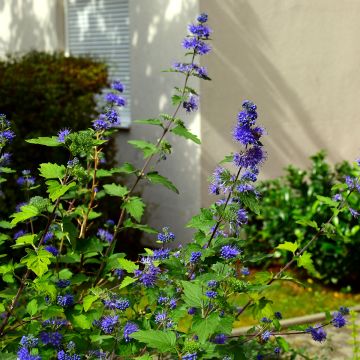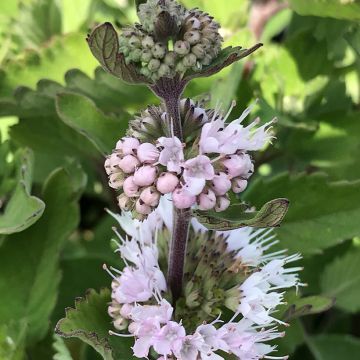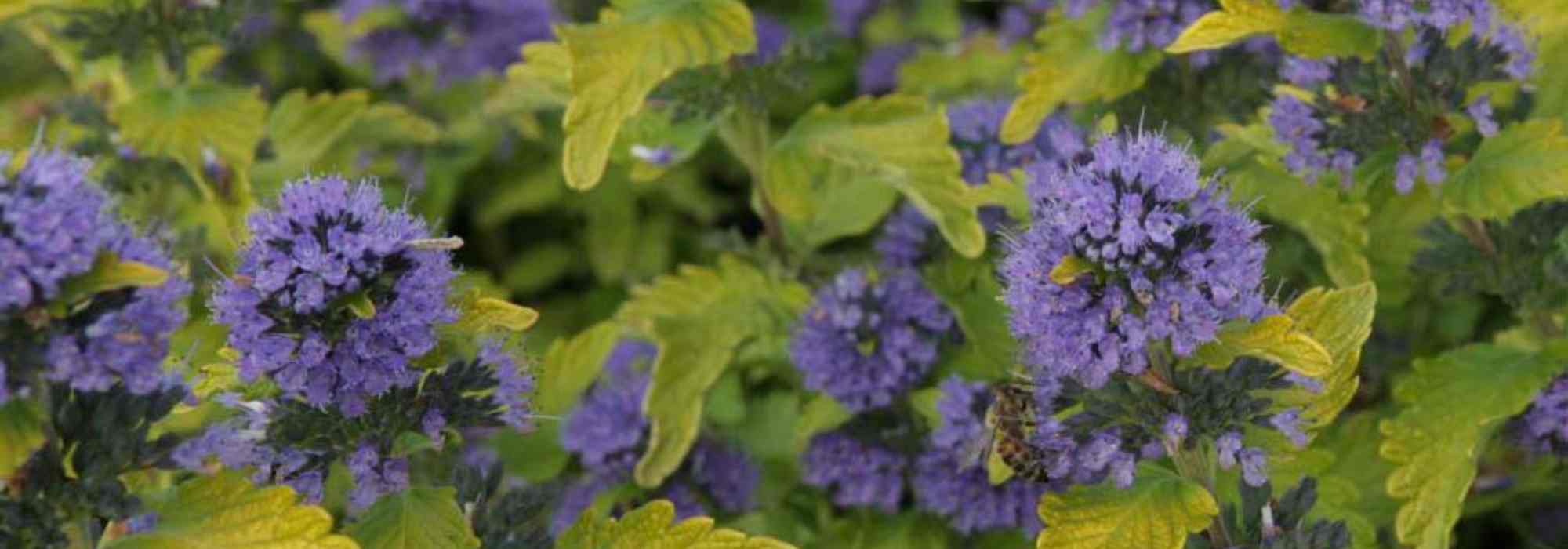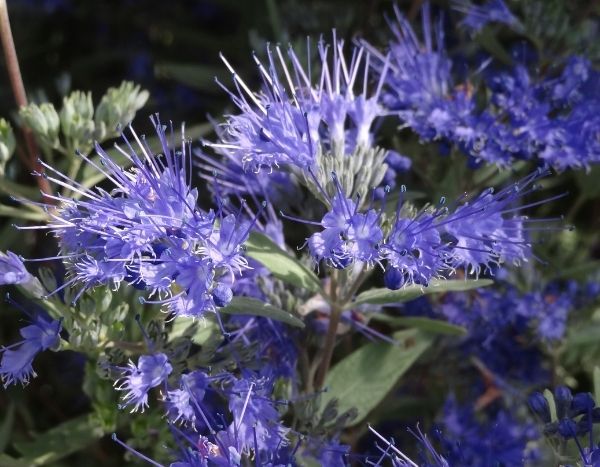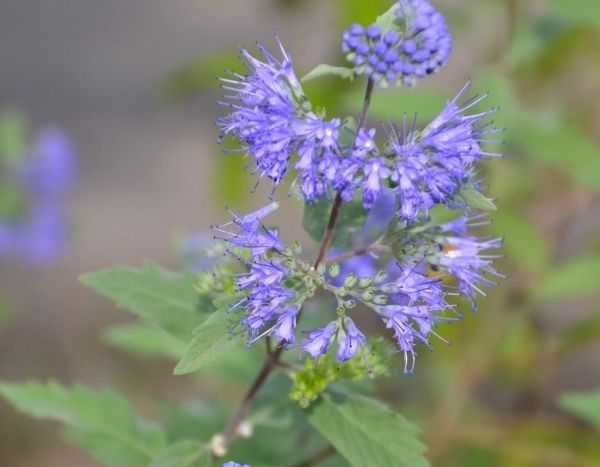

Caryopteris divaricata
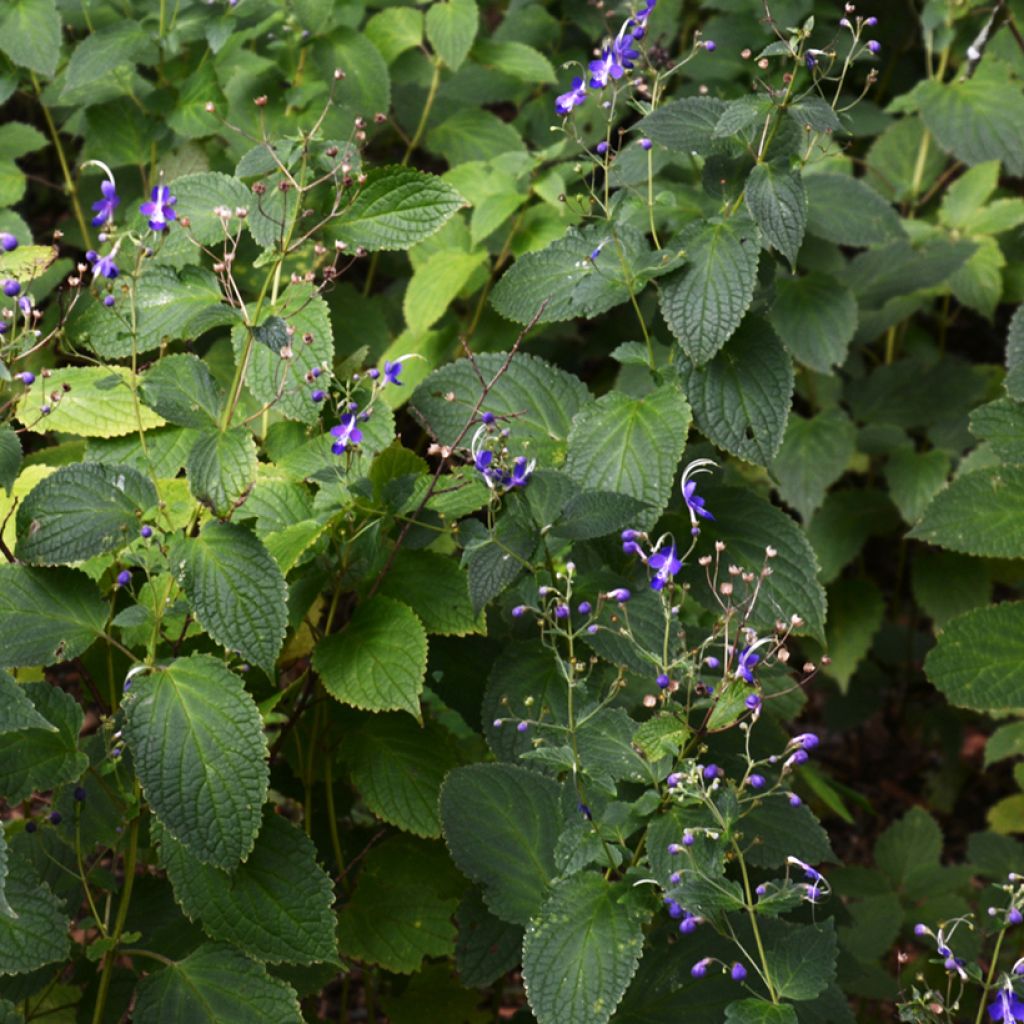

Caryopteris divaricata


Caryopteris divaricata


Caryopteris divaricata


Caryopteris divaricata


Caryopteris divaricata


Caryopteris divaricata
Caryopteris divaricata
Caryopteris divaricata
Bluebeard, Blue Spirea, Blue Mist Shrub
Special offer!
Receive a €20 voucher for any order over €90 (excluding delivery costs, credit notes, and plastic-free options)!
1- Add your favorite plants to your cart.
2- Once you have reached €90, confirm your order (you can even choose the delivery date!).
3- As soon as your order is shipped, you will receive an email containing your voucher code, valid for 3 months (90 days).
Your voucher is unique and can only be used once, for any order with a minimum value of €20, excluding delivery costs.
Can be combined with other current offers, non-divisible and non-refundable.
Home or relay delivery (depending on size and destination)
Schedule delivery date,
and select date in basket
This plant carries a 24 months recovery warranty
More information
We guarantee the quality of our plants for a full growing cycle, and will replace at our expense any plant that fails to recover under normal climatic and planting conditions.
Would this plant suit my garden?
Set up your Plantfit profile →
Description
Caryopteris divaricata is one of the exceptions among these mostly woody plants called blue spireas. Quite different from its woody cousins, it emerges from the ground every spring, forming a large leafy bushy mass dotted with small blue-violet flowers with white egrettes, fragrant and worth contemplating up close. This particularly hardy Nepalese botanical species should be planted more often in our gardens, as it possesses the inimitable charm of wild plants and requires no maintenance. Sometimes a bit slow to establish itself if the location does not suit it, it is precious for a weekend garden, a little corner of the countryside in the sun, as it blooms all summer.
Caryopteris divaricata is a plant of the family Lamiaceae, just like salvias and rosemary, with which it shares its small fragrant and very honey-bearing bilabiate flowers. This large herbaceous perennial is native to Nepal, China, Japan, and Korea. It grows in mixed forests, on mountain slopes, and along roadsides at an altitude between 700 and 2900m. The plant produces semi-woody stems from spring, reaching a height of up to 1.50m (4ft 11in), forming a rounded and slightly erect bush, very elegant, about 70cm (27.6in) wide. The flowers, more numerous if the plant grows in the sun, appear in mid-summer at the ends of the stems and continue for at least a month. These elongated, tubular, blue-purple flowers have an original, almost exotic shape and are topped by their large, curved, white stamens. The deciduous leaves are quite large, triangular, with toothed edges, and a slightly greyish green colour. They sometimes emit an odour that may be unpleasant.
Caryopteris divaricata, a lover of limestone and rather moist soils, is mainly used in flower beds, in a garden that leaves room for nature. It can be associated, for example, with other large carefree perennials that bloom before it, such as Gerznium 'Rozanne', large Astrantias, hybrid foxgloves, but also with other plants that will accompany its summer flowering, such as Verbena bonariensis, tall asters (Aster laterifolius 'Lady in Black'), Pycnanthemum muticum (a highly aromatic silver mint genus), meadow rues (Thalictrum delavayi var.decorum), or shrubby salvias (Salvia x jamensis). It is sometimes capricious, perhaps because it prefers the wild corners of the garden that suit it so well, those that remind it of its region of origin.
Caryopteris divaricata in pictures






Plant habit
Flowering
Foliage
Botanical data
Caryopteris
divaricata
Lamiaceae
Bluebeard, Blue Spirea, Blue Mist Shrub
Himalayas
Other Caryopteris
View all →Planting and care
Caryopteris divaricata is a plant of calcareous and rather moist soil, which thrives in clayey, fertile, deep soils, not too dry in summer. Collected in a high valley in Nepal, it is very cold-resistant and thrives well in our large, very sunny mixed border, in a rather heavy clayey soil. It will be planted in a very sunny exposure in a cool climate, but it tolerates partial shade better in a warm climate.
Planting period
Intended location
Care
Planting & care advice
This item has not been reviewed yet - be the first to leave a review about it.
Haven't found what you were looking for?
Hardiness is the lowest winter temperature a plant can endure without suffering serious damage or even dying. However, hardiness is affected by location (a sheltered area, such as a patio), protection (winter cover) and soil type (hardiness is improved by well-drained soil).

Photo Sharing Terms & Conditions
In order to encourage gardeners to interact and share their experiences, Promesse de fleurs offers various media enabling content to be uploaded onto its Site - in particular via the ‘Photo sharing’ module.
The User agrees to refrain from:
- Posting any content that is illegal, prejudicial, insulting, racist, inciteful to hatred, revisionist, contrary to public decency, that infringes on privacy or on the privacy rights of third parties, in particular the publicity rights of persons and goods, intellectual property rights, or the right to privacy.
- Submitting content on behalf of a third party;
- Impersonate the identity of a third party and/or publish any personal information about a third party;
In general, the User undertakes to refrain from any unethical behaviour.
All Content (in particular text, comments, files, images, photos, videos, creative works, etc.), which may be subject to property or intellectual property rights, image or other private rights, shall remain the property of the User, subject to the limited rights granted by the terms of the licence granted by Promesse de fleurs as stated below. Users are at liberty to publish or not to publish such Content on the Site, notably via the ‘Photo Sharing’ facility, and accept that this Content shall be made public and freely accessible, notably on the Internet.
Users further acknowledge, undertake to have ,and guarantee that they hold all necessary rights and permissions to publish such material on the Site, in particular with regard to the legislation in force pertaining to any privacy, property, intellectual property, image, or contractual rights, or rights of any other nature. By publishing such Content on the Site, Users acknowledge accepting full liability as publishers of the Content within the meaning of the law, and grant Promesse de fleurs, free of charge, an inclusive, worldwide licence for the said Content for the entire duration of its publication, including all reproduction, representation, up/downloading, displaying, performing, transmission, and storage rights.
Users also grant permission for their name to be linked to the Content and accept that this link may not always be made available.
By engaging in posting material, Users consent to their Content becoming automatically accessible on the Internet, in particular on other sites and/or blogs and/or web pages of the Promesse de fleurs site, including in particular social pages and the Promesse de fleurs catalogue.
Users may secure the removal of entrusted content free of charge by issuing a simple request via our contact form.
The flowering period indicated on our website applies to countries and regions located in USDA zone 8 (France, the United Kingdom, Ireland, the Netherlands, etc.)
It will vary according to where you live:
- In zones 9 to 10 (Italy, Spain, Greece, etc.), flowering will occur about 2 to 4 weeks earlier.
- In zones 6 to 7 (Germany, Poland, Slovenia, and lower mountainous regions), flowering will be delayed by 2 to 3 weeks.
- In zone 5 (Central Europe, Scandinavia), blooming will be delayed by 3 to 5 weeks.
In temperate climates, pruning of spring-flowering shrubs (forsythia, spireas, etc.) should be done just after flowering.
Pruning of summer-flowering shrubs (Indian Lilac, Perovskia, etc.) can be done in winter or spring.
In cold regions as well as with frost-sensitive plants, avoid pruning too early when severe frosts may still occur.
The planting period indicated on our website applies to countries and regions located in USDA zone 8 (France, United Kingdom, Ireland, Netherlands).
It will vary according to where you live:
- In Mediterranean zones (Marseille, Madrid, Milan, etc.), autumn and winter are the best planting periods.
- In continental zones (Strasbourg, Munich, Vienna, etc.), delay planting by 2 to 3 weeks in spring and bring it forward by 2 to 4 weeks in autumn.
- In mountainous regions (the Alps, Pyrenees, Carpathians, etc.), it is best to plant in late spring (May-June) or late summer (August-September).
The harvesting period indicated on our website applies to countries and regions in USDA zone 8 (France, England, Ireland, the Netherlands).
In colder areas (Scandinavia, Poland, Austria...) fruit and vegetable harvests are likely to be delayed by 3-4 weeks.
In warmer areas (Italy, Spain, Greece, etc.), harvesting will probably take place earlier, depending on weather conditions.
The sowing periods indicated on our website apply to countries and regions within USDA Zone 8 (France, UK, Ireland, Netherlands).
In colder areas (Scandinavia, Poland, Austria...), delay any outdoor sowing by 3-4 weeks, or sow under glass.
In warmer climes (Italy, Spain, Greece, etc.), bring outdoor sowing forward by a few weeks.






































